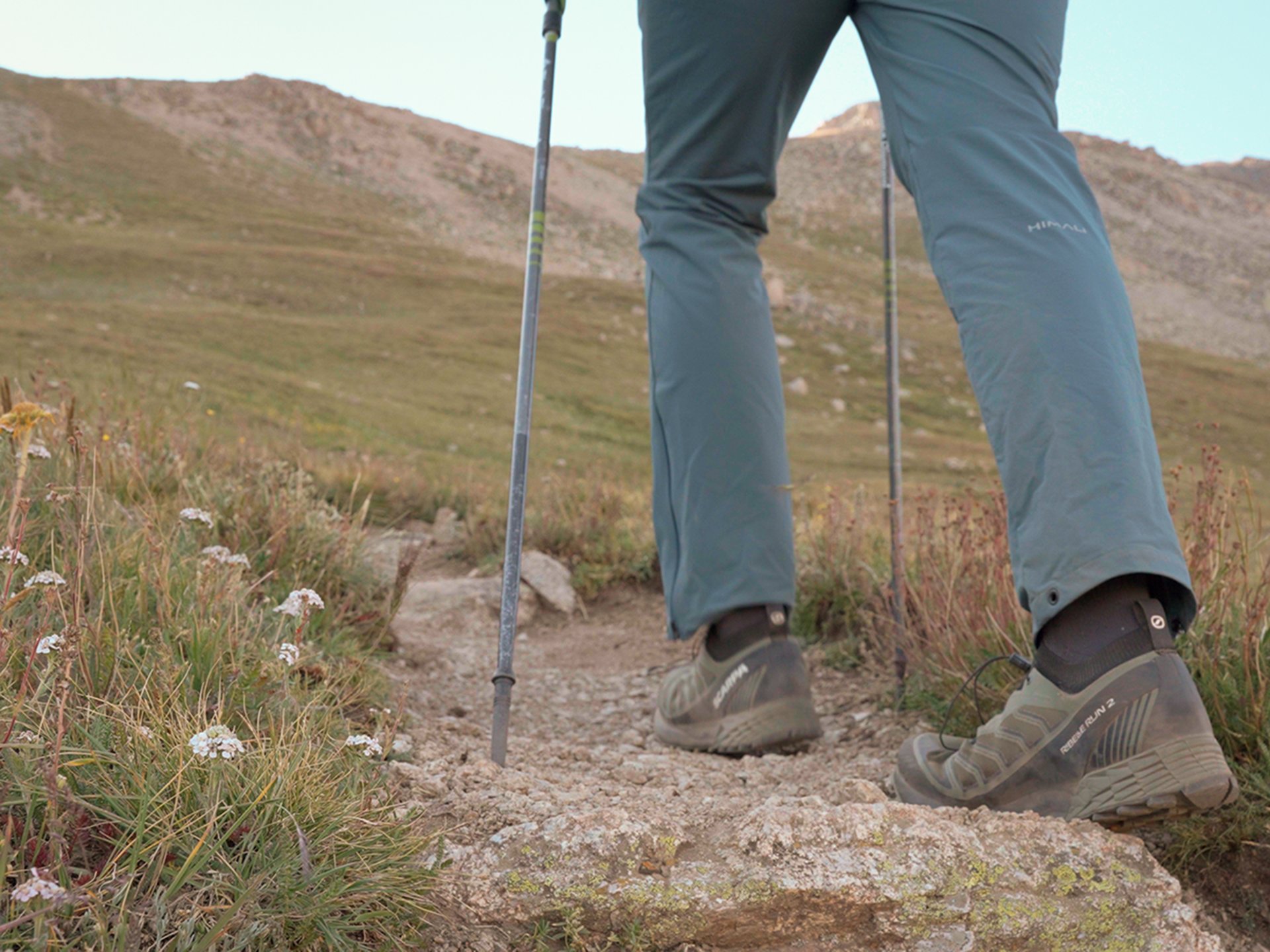
Hiking Boots, Trail Runners, and Approach Shoes: Choosing the Right Footwear for Your Adventure
When you’re out on a popular trail in the U.S., you’ll see just about every kind of footwear imaginable. One hiker might be wearing a pair of $300 mountaineering boots built for snow and scree, while the next is jogging by in trail runners. A few steps later, you’ll pass someone in gym sneakers with worn-down soles clearly not designed for the outdoors. That’s the spectrum in American hiking culture—everything from high-end technical gear to casual tennis shoes.
GEAR I USEHIKING
Devin
7/21/20253 min read


A Different Footwear Mentality Abroad
In places like Europe, South America, and parts of Asia, hiking (or trekking, as it’s more often called) is approached with a different mindset. Trails can be steeper, more remote, and more technical from the start, and the expectation is that you’ll be out longer and carrying more. Because of this, footwear trends are rooted in practicality and terrain—not comfort marketing.
Take the Alps, for example. European trekkers often wear stiffer, more technical boots or hybrid approach shoes built for mixed terrain. The same goes for the Andes or Nepal’s Himalayas—where trekking routes often involve loose scree, exposure, or long multi-day pushes. There’s less emphasis on lightweight comfort and more on durability, protection, and support.
That contrast—between America's casual day hikes and international multi-day expeditions—is key to understanding why footwear choices differ so much.
Let’s break down the three main categories of hiking footwear and when each makes sense.
Hiking Boots
Best for:
Snow-covered trails
Backpacking with heavy loads
Technical routes with ankle-breaking potential
Cold weather where insulation matters
Pros:
Ankle support on uneven terrain
More durable and long-lasting under heavy use
Better protection from water, mud, snow, and rocks
Stiffer midsoles for carrying heavier weight
Cons:
Heavier, less breathable
Take significantly longer to dry when wet
Can feel overkill on well-maintained trails
Require more break-in time
When I wear them: On snow-covered trails, long treks where I’m carrying a lot of gear, or rugged terrain where I need added stability. They’re also my go-to in cold or wet conditions when dry feet are essential.
Salomon X Ultra 5 MID GORE-TEX Mens
Salomon x Ultra 5 MID GORE-TEX Women
Asolo Fugitive GTX
Trail Running Shoes
Best for:
Day hikes
Fast and light movement
Class 1-2 trails
Hot, dry weather
Pros:
Extremely lightweight and breathable
Dry quickly when wet
More comfortable out of the box
Great for those who prioritize speed and efficiency
Cons:
Less protection from sharp rocks or roots
Minimal ankle support
Less durable over long-term use or rough terrain
Can struggle in snow or deep mud
When I wear them: Most of the time. If I’m doing a quick summit, a scenic loop, or anything that doesn’t involve scrambling or snow, I’m in trail runners. They’re light, fast, and easy on the feet.
My Favorite Trail Runners Scarpa Ribelle Run Mens Women's
Approach Shoes
Best for:
Class 3 and 4 terrain
Rock scrambles and ridgelines
Short technical approaches to climbs
Mixed alpine routes
Pros:
Sticky rubber soles for excellent grip on rock
Tighter fit and better toe precision
More durable than trail runners in rough terrain
Great hybrid option for hikes with scrambling
Cons:
Not ideal for long, flat miles
Less cushioning than trail runners
Limited water protection
Can feel stiff or restrictive on mellow trails
When I wear them: For routes where I know I’ll be doing hands-on rock work—class 3 and 4 scrambles, technical ridgelines, or off-trail alpine routes. They’re my middle ground between trail runners and full mountaineering boots.
A Word on Waterproofing
This is where a lot of people get tripped up. While hiking boots offer better waterproof protection—especially with higher cuffs and built-in membranes—once that water level goes over the top, you're stuck with a soggy foot that won’t dry for days.
Trail runners, on the other hand, will get wet faster, but they’ll also dry faster. If you're crossing streams, dealing with rain, or just sweating on a hot day, the ability for your shoes to breathe and recover matters a lot.
The truth: In summer conditions or areas with frequent stream crossings, I’d rather have wet trail runners that dry fast than soggy boots that stay wet for miles. In cold or snowy environments, boots win for insulation and keeping my feet warm even when wet.
Final Thoughts
You don’t need to go extreme when choosing hiking footwear—especially for most U.S. trails. Start by knowing your terrain, your personal comfort needs, and how much weight you’re carrying. For many, a trail runner is more than enough. For others, the stability and protection of a hiking boot or approach shoe is worth the trade-off.
The right footwear is less about the brand and more about the terrain ahead.